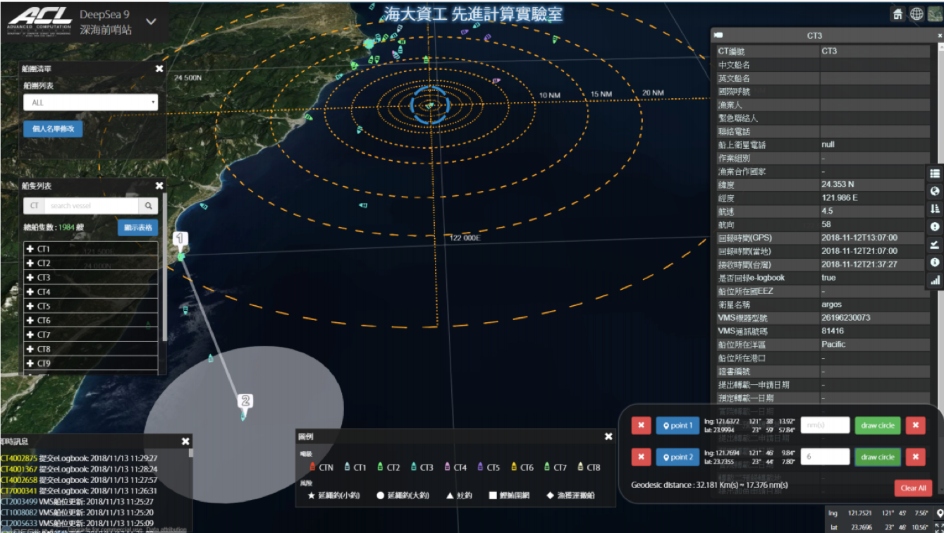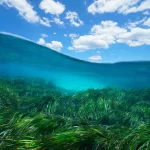Innovation in Fisheries Management Requires Collaboration between Academia and Technology
- By Dr. William Hsu
- Published
National Taiwan Ocean University joins forces with Global Fishing Watch to utilize information sharing in the fight against illegal fishing

In October 2015 the European Union executive branch – the European Commission (EC) – issued a formal warning (yellow card) to the fishing entity of Taiwan for inadequate measures to prevent and deter illegal, unreported and unregulated (IUU) fishing activities. Since then, all relevant agencies have been dedicated to reforming fisheries policies, prioritizing legislative changes, management methods and education.
With responsibility for the world’s second largest distant water fishing fleet, the Taiwan Fisheries Agency (FA) faces a big challenge in implementing new management measures. One of the major actions taken by the authority was the establishment of a 24-hour fisheries management center (FMC) within the FA.
The software currently used at the FMC, called DeepSea 9, is an all-around fisheries management system designed by the Advanced Computation Laboratory (ACL) of National Taiwan Ocean University. We have been working closely with the government for over five years to implement regulations and standard operating procedure into the system. Through a combination of technology and analysis, we can detect and predict possible IUU fishing activities in real-time, address vessel status, ensure maritime safety, and provide complete reports for scientific studies (Figure 1). After investing massive efforts to refine and improve fishery management regime, in June 2019 the yellow card was removed because of the significant progress made to tackle IUU fishing.

DeepSea 9 is now applying three signal sources: automatic identification system, a satellite technology used by vessels to avoid collision; voyage data recorder, a signal of offshore and coastal fleet; and vessel monitoring system, a vessel tracking technology mandated by the FA and required by regional fisheries management organizations. Although these three signal sources have been integrated, effectively creating a complete monitoring system for the vessels governed by the fishing entity of Taiwan, it is still limited in its ability to monitor foreign fleets, making their potential IUU activities difficult to detect.
As the director of ACL, I am pleased to have the opportunity to partner with Global Fishing Watch (GFW), to collaborate on developing methods to detect and identify potential IUU fishing with the arts of computer science. In the partnership, we can explore methodologies to support automatic validation and anomaly identification based on GFW’s machine learning technology for detecting fishing activity. Together we can investigate possible techniques, including the detection of ‘dark vessels’ — vessels that are not transmitting their location — to strengthen the monitoring of domestic fishing fleets and activity of foreign vessels. This collaboration will support the government to adopt a holistic approach to fisheries management.
Our collaboration will explore “flags of convenience” (FOC) vessels, which refers to a common practice whereby vessel owners register their ships to countries with open shipping registries. FOC vessels are usually a part of the “dark fleet“ because they are registered abroad. IUU activities undertaken by FOC vessels are hard to monitor. With assistance from GFW, we are able to put multiple information fragments together and rebuild what has happened on the sea and learn about fishing behavior.
Combining the strength of GFW, ACL, the FA and the fishing industry operators, we’re looking forward to starting a new page of fisheries innovation.



